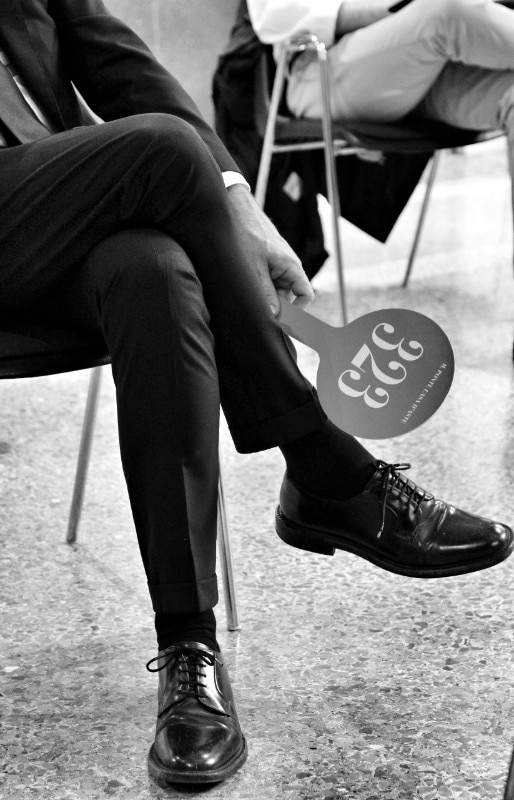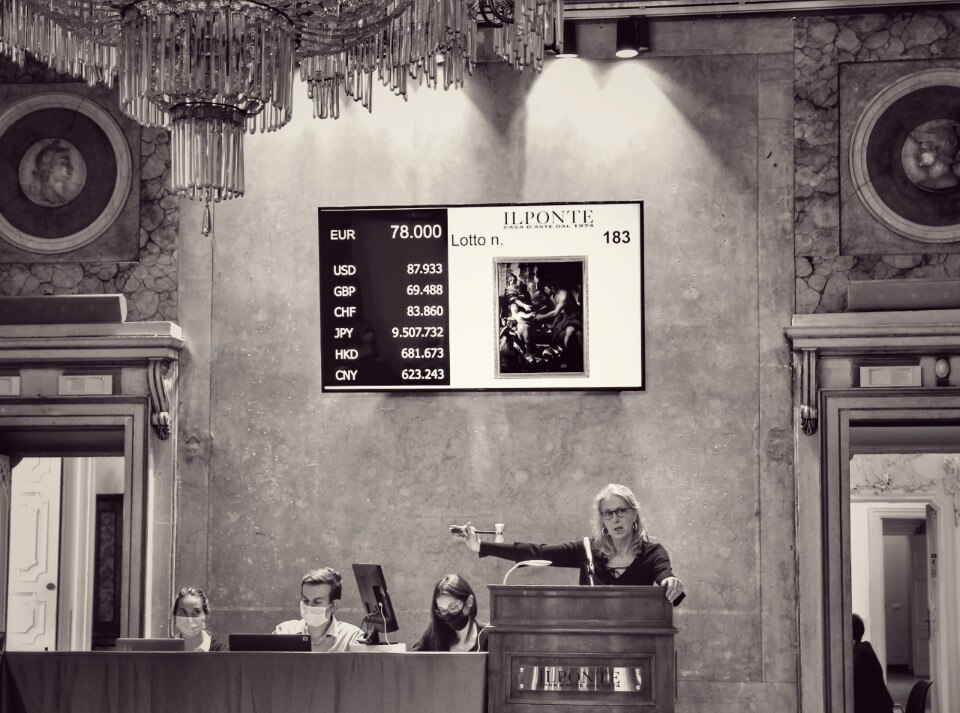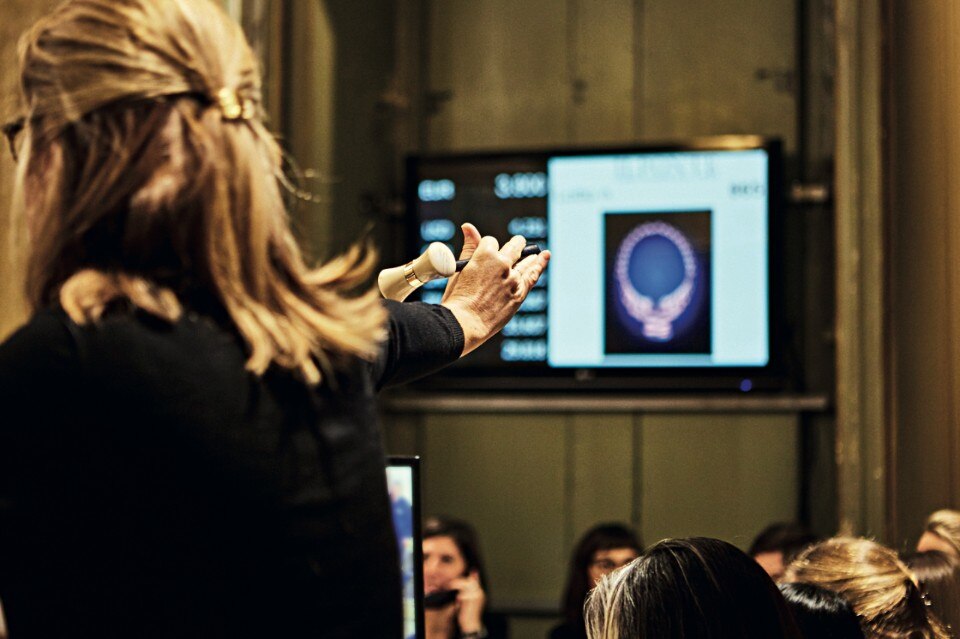Auction houses and art galleries have reopened with a limited number of visitors and the implementation of various health measures. The result is totally unexpected, but certainly hoped for.
The art market is restarting, and apparently receiving a more than encouraging response.
The first sign to suggest a good recovery came from Parisian auction houses. Collectors could see the lots only if they wore face masks and gloves and had arranged an appointment, while those who felt more impatient and intrepid decided to participate physically to the auction, even though the rooms can now accommodate less people. However, the most considerable response was online.

The offer was abruptly interrupted, leaving the art market practically suspended and impatient, because the greatest difficulty was not so much related to finding a way to sell the objects, but rather to the difficulty of finding works of art in a period where mobility was extremely reduced.
Already in the past few years, auction houses have widely exploited online platforms to receive offers from the rich foreign clientele, since the number of fiscal, tax and legal policies in general is quite high, and this is the main reason why there are so few foreign purchases, especially in Italy, one of the largest reservoirs for finding goods and works. And this fact obviously has a negative influence on both the trust and the purchases.
It was certainly not easy to make predictions, but looking back, the increase in the sale of luxury goods always reaches a peak immediately after a financial crisis, just like what happened in 2008 in Asia, where the response of collectors was immediately more than consistent.
The two best known auction houses, Christie’s and Sotheby’s, have held about a dozen auctions (exclusively online) since the beginning of the lockdown, obtaining great results. On the contrary, other auction houses such as Bonhams, Philips, and Il Ponte have decided to close down. These are very different choices, but both understandable. Il Ponte, which is one of the first in Italy to welcome the public in the auction hall, has organized a tight schedule resuming on 9 and 10 June, and has obtained a surprising result to say the least. The sale of antique furniture and paintings (which is a sector that has been in decline for years in Italy) was held at Palazzo Crivelli. The auction ended with 72% of lots sold, 152% of the basic price revaluation and unexpectedly only 53% of the awards were online.

“Auctions create new values and turn desire into fetishism,” said art critic Jerry Saltz, and the web, which has become a powerful force in every economic sector, is also entering the world of culture and patronage.
The Internet is the protagonist of this decade because it has been at the center of every change in our daily lives: from commerce to communication, from politics to culture… and Il Ponte, taking advantage of this progress and also being forced by the Coronavirus, presented a virtual tour that allowed not only to see the lots, but that also gave the opportunity to foreign customers to admire the ancient rooms of the palace.
This is a surprising success, but it still not very certain: during the months of the lockdown, the communication of art online, especially of those galleries or auction houses that had strategically decided to close down, was a little insistent through their excellent social communication that created little significant content for the sale of works, but that was constant in order to keep the curiosity of the collectors alive.
Artnet, for example, has wittily changed the title of its weekly column from “Editors' Picks: Things Not to Miss in New York this week” to “in the Virtual Art World This Week”: an invitation not to give up art, but to prepare for a completely different approach. But the real question is: how long will this euphoria last? Will the galleries, at least those that have managed to resist during this period of inactivity, still have the resources to invest in fairs or in the digital revolution, which apparently is rapidly evolving, when will they face, in all likelihood, other hard months of probable and prophesied recession?
Opening image: photo Mattia Borgioli per Il Ponte Casa d’Aste


